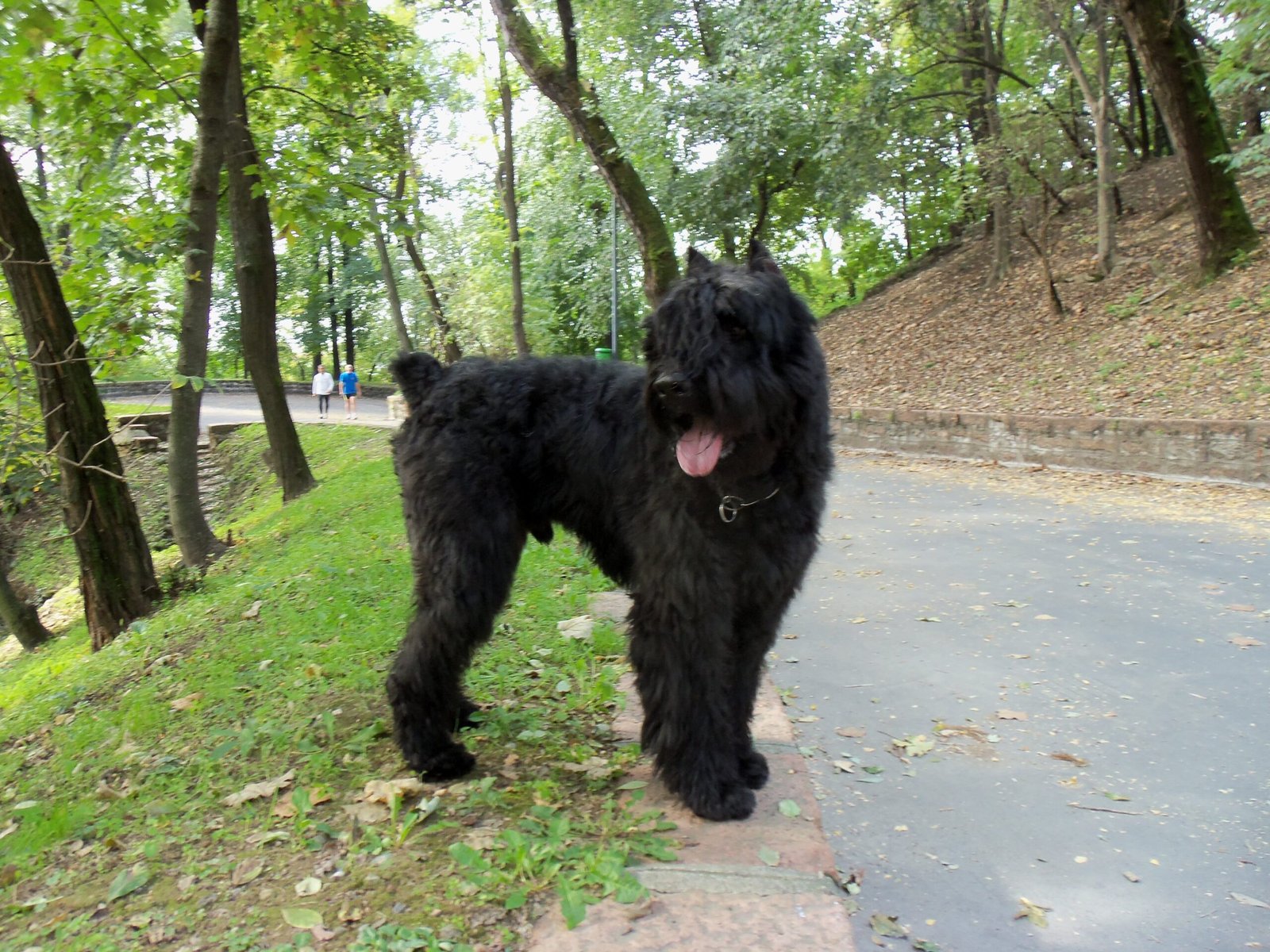
1. Introduction
Welcome to our in-depth guide to the Bouvier des Flandres, a breed celebrated for its versatility, intelligence, and unwavering loyalty. Originating as a hardworking farm dog, this breed combines strength with a gentle heart, making it an excellent companion for active families. Known for their distinctive bearded appearance and protective instincts, Bouviers thrive in environments where they can work and bond closely with their owners. Similar to the German Shepherd, this breed excels in roles requiring both physical stamina and mental sharpness. Whether you’re considering adoption or simply curious about this remarkable dog, this guide will equip you with essential insights into their history, care, and unique personality.
2. Key Takeaways
- Temperament: Loyal, protective, and calm; excellent for families with proper training.
- Adaptability: Best suited to homes with space (e.g., rural or suburban settings) but can adapt to urban life with ample exercise.
- Historical Milestones: Nearly extinct during World War I; revived by dedicated breeders in the 1920s. Officially recognized by the AKC in 1931.
- Common Health Issues: Hip dysplasia, bloat, and eye conditions like cataracts.
- Exercise/Grooming Needs: High exercise requirements (1+ hours daily) and weekly brushing to maintain their thick coat.
- Training Style: Responds best to positive reinforcement; early socialization is critical.
- Breeder Tips: Seek breeders who test for hip dysplasia and provide health clearances.
3. History
The Bouvier des Flandres originated in the Flanders region of Belgium and northern France, where it was bred to herd cattle, guard farms, and even pull carts.
Key Historical Highlights:
- Developed in the late 1800s from crosses of local farm dogs with Irish Wolfhounds and Scottish Deerhounds.
- Served as messenger and ambulance dogs in World War I, leading to near extinction.
- Revived post-war by Belgian and Dutch breeders, who standardized the breed.
- Like the Belgian Malinois, Bouviers were valued for their versatility in working roles.
4. Physical Characteristics
- Size: 23.5–27.5 inches tall; 70–110 pounds.
- Coat: Rough, double-layered coat in fawn, black, brindle, or pepper-and-salt.
- Distinctive Features: Wiry beard, bushy eyebrows, and a powerful, square-built frame.
Comparison to Rottweiler:
| Trait | Bouvier des Flandres | Rottweiler |
|---|---|---|
| Height | 23.5–27.5 inches | 22–27 inches |
| Weight | 70–110 lbs | 80–135 lbs |
| Coat Maintenance | High (weekly brushing) | Moderate |
5. Temperament and Personality
Bouviers are calm, confident, and deeply loyal to their families. They are natural protectors and thrive when given a job.
Key Traits:
- Highly intelligent but independent; requires consistent leadership.
- Gentle with children when socialized early.
- Reserved with strangers but not aggressive without cause.
- Prone to boredom if understimulated, leading to destructive behavior.
6. Grooming Requirements
- Brushing: 2–3 times weekly to prevent mats; trim every 6–8 weeks.
- Bathing: Every 6–8 weeks using dog-specific shampoo.
- Special Care: Clean beard after meals; check ears weekly for infections.
Grooming Comparison to Poodle:
| Task | Bouvier des Flandres | Poodle |
|---|---|---|
| Brushing Frequency | Weekly | Daily |
| Professional Grooming | Every 6–8 weeks | Every 4–6 weeks |
7. Health Considerations
Common Issues:
- Hip Dysplasia (20% prevalence)
- Gastric Dilatation-Volvulus (bloat)
- Cataracts (onset: 5–7 years)
Preventative Care:
- Feed smaller, frequent meals to reduce bloat risk.
- Annual hip screenings and eye exams.
| Health Issue | Prevalence | Onset Age |
|---|---|---|
| Hip Dysplasia | 20% | 1–2 years |
| Bloat | 15% | 5+ years |
8. Training
- Methods: Use reward-based training; Bouviers dislike harsh corrections.
- Challenges: Stubbornness; maintain patience and consistency.
- Tips:
- Start obedience training at 8–10 weeks.
- Engage in mentally stimulating tasks (e.g., scent work).
9. Exercise Needs
- Daily Requirements: 1–1.5 hours of vigorous exercise (walks, jogging, herding trials).
- Activities: Agility, obedience, or hiking.
- Comparison: Similar energy levels to a Border Collie but less intense.
10. Living with a Bouvier des Flandres
- Ideal Home: House with a yard; not suited to apartments.
- Children/Pets: Good with kids if socialized early; may chase small pets.
- Mental Stimulation: Puzzle toys, advanced obedience, or farm work.
11. Nutritional Requirements
- Diet: High-quality protein (fish, chicken); avoid overfeeding to prevent obesity.
- Portion: 3–4 cups daily, split into two meals.
- Supplements: Glucosamine for joint health.
12. Adopting or Buying
- Puppy Cost: $1,500–$3,000 from reputable breeders.
- Adoption: $300–$600 via rescues like the Bouvier Rescue League.
- Breeder Red Flags: No health clearances, unwillingness to show parents.
13. FAQ
Q: Are Bouviers good with children?
A: Yes, when raised with kids and properly socialized.
Q: How much exercise do they need?
A: 1–1.5 hours daily; mental challenges are equally important.
Q: Do they shed excessively?
A: Moderate shedding; weekly brushing minimizes loose hair.
Q: Are Bouviers hypoallergenic?
A: No—their double coat can trigger allergies.
Q: How long do they live?
A: 10–12 years with proper care.
This guide ensures you’re fully prepared to welcome a Bouvier des Flandres into your life, whether as a working partner or a beloved family guardian. 🐾
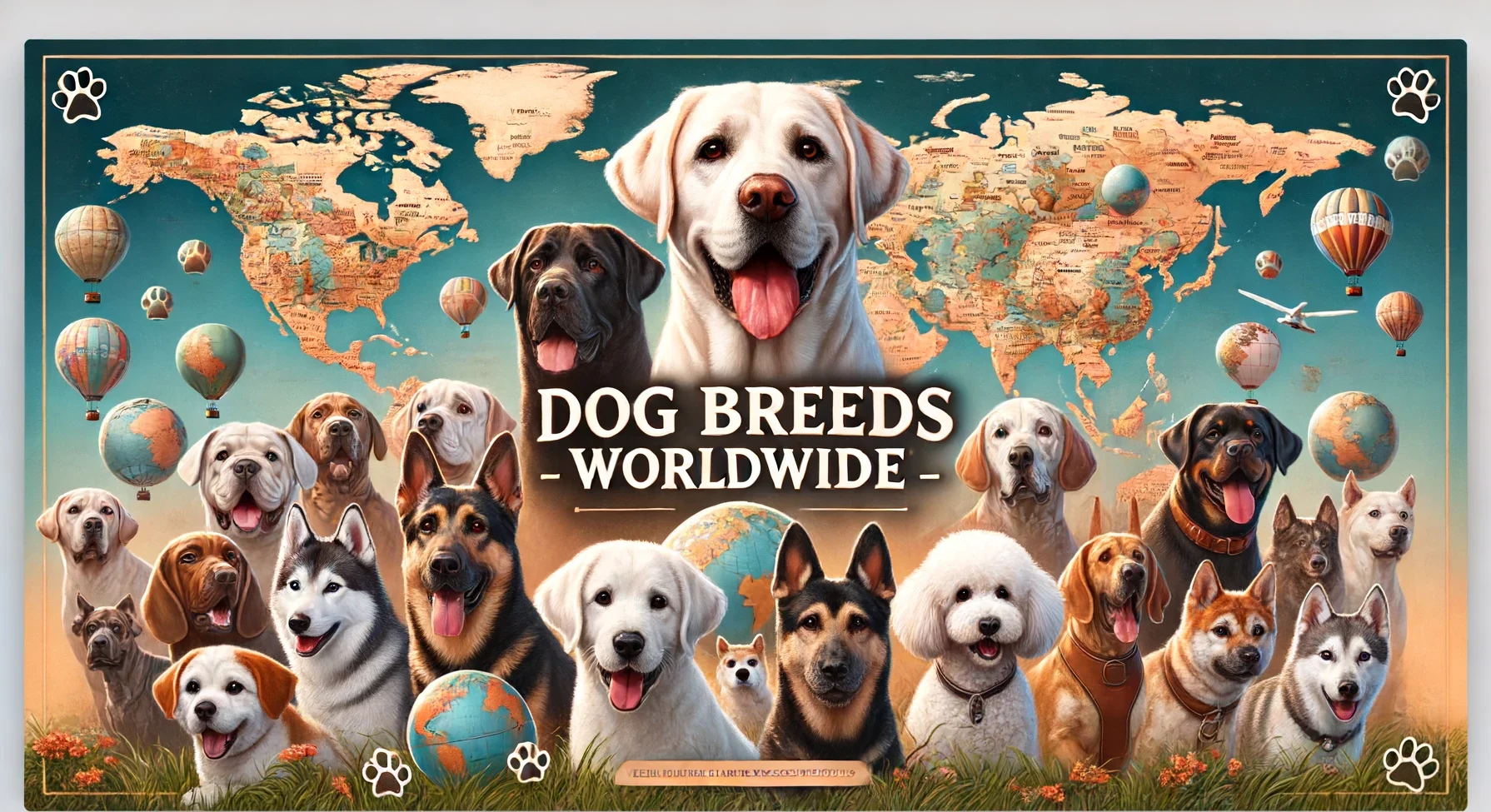
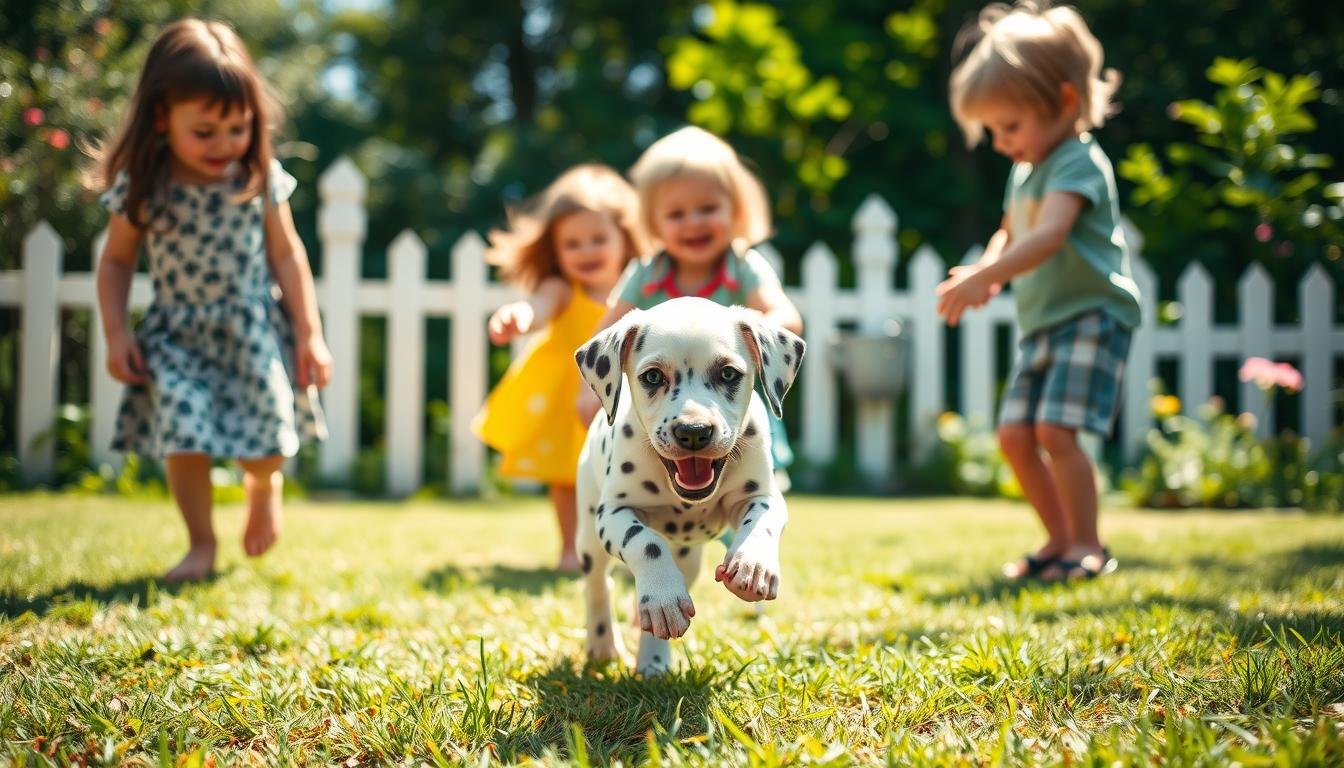
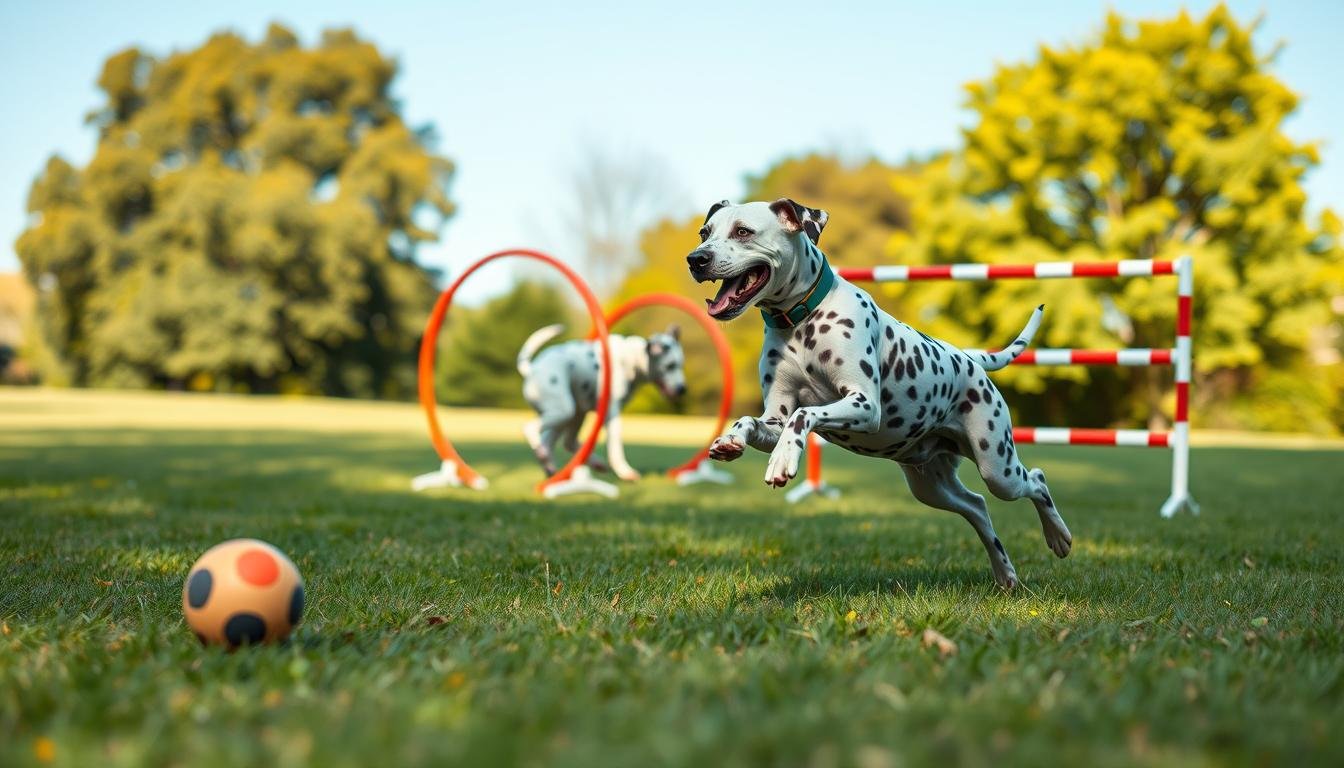
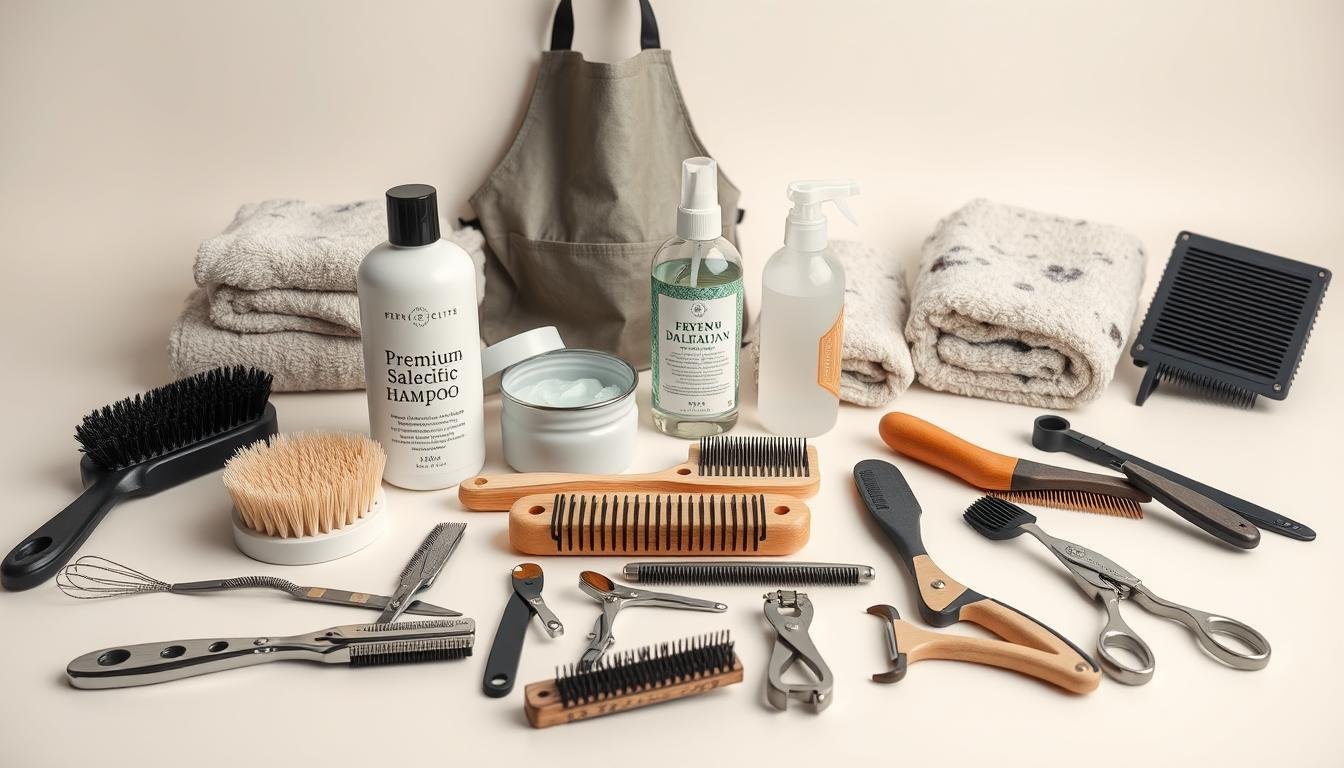
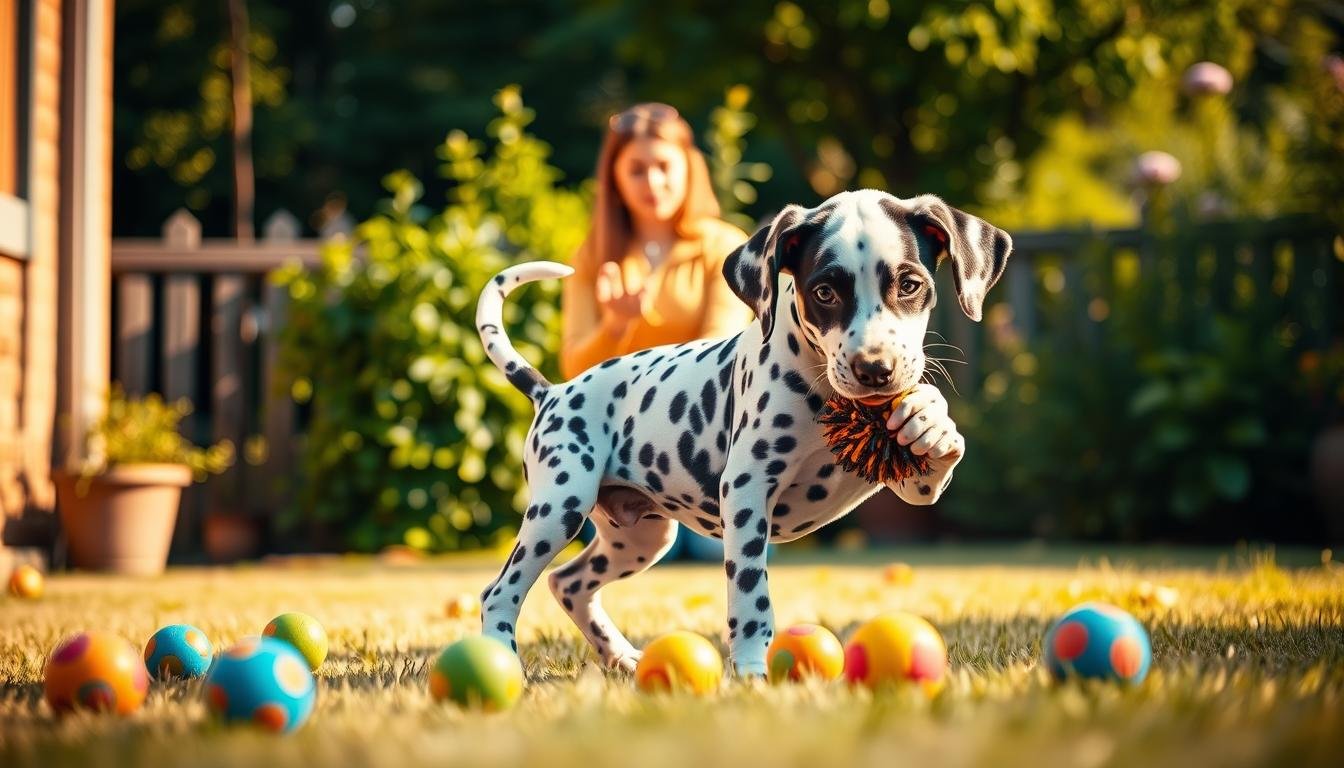
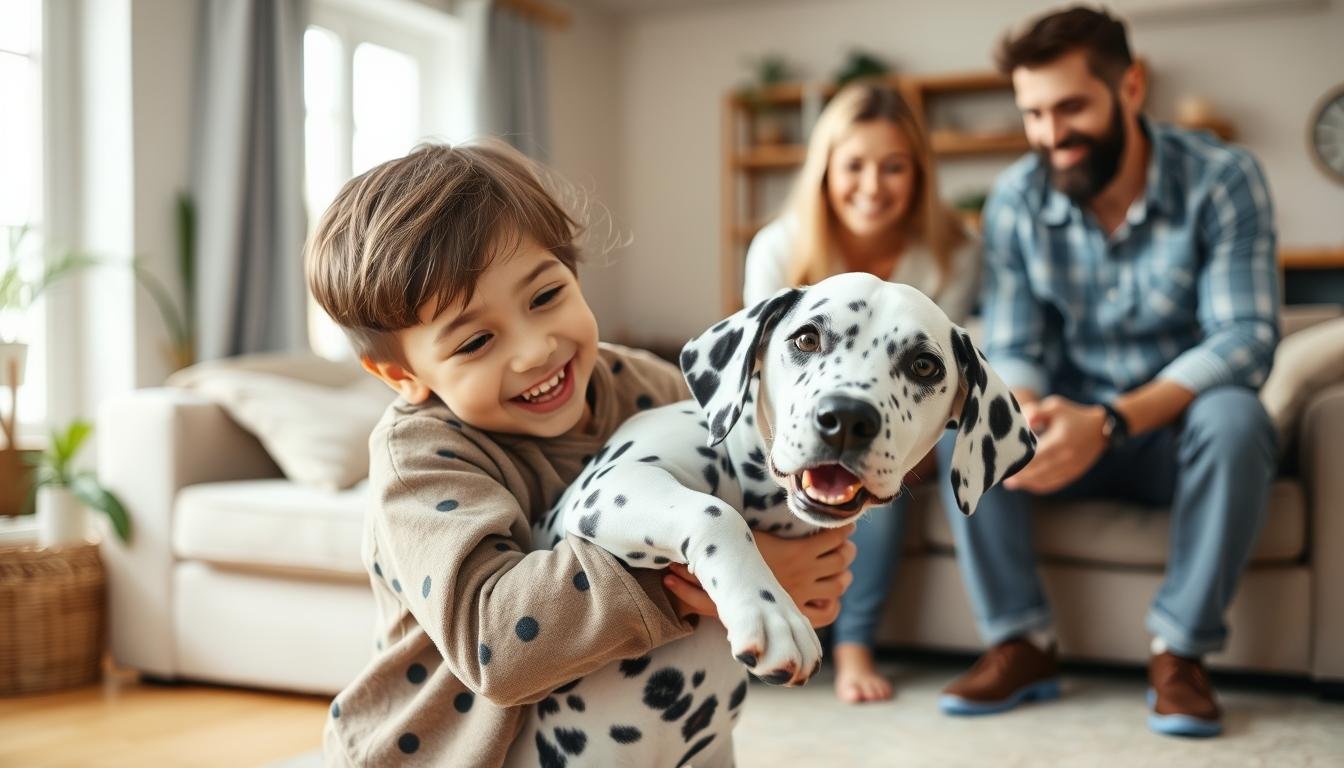
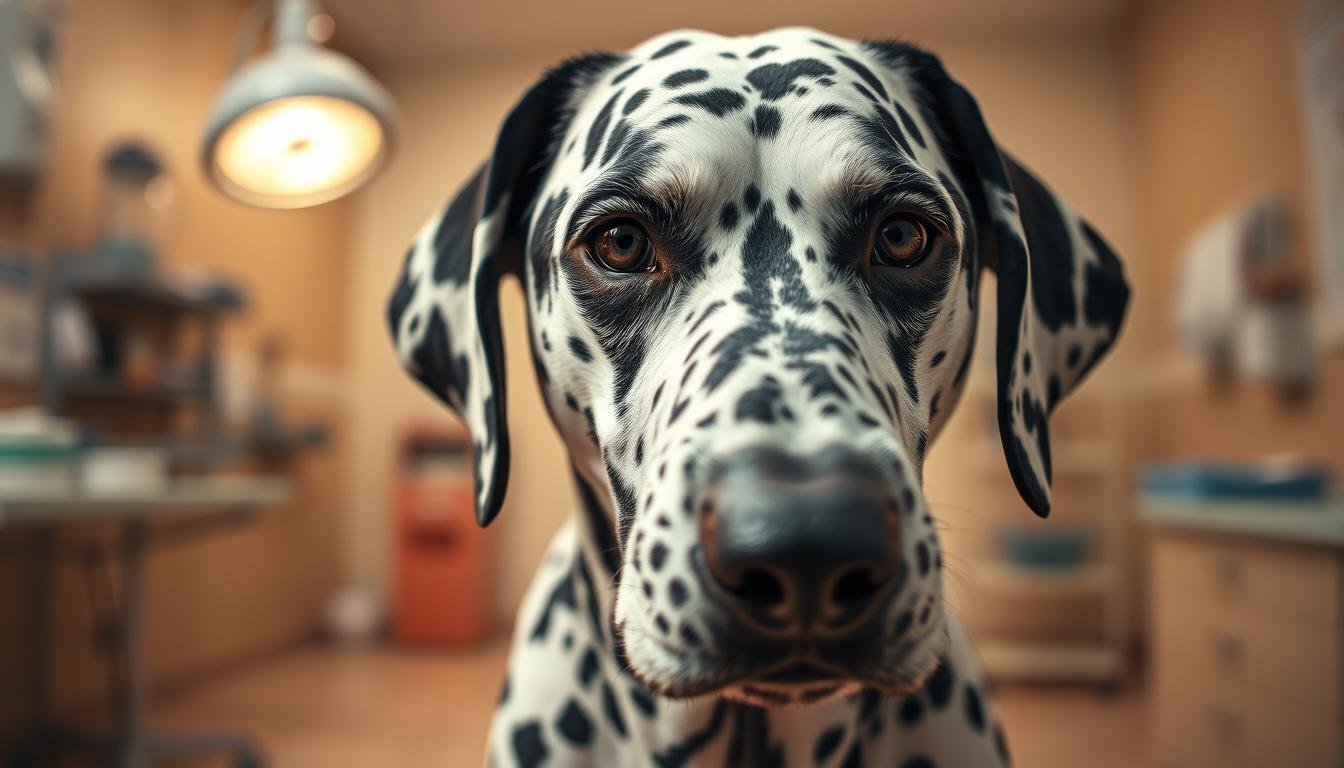
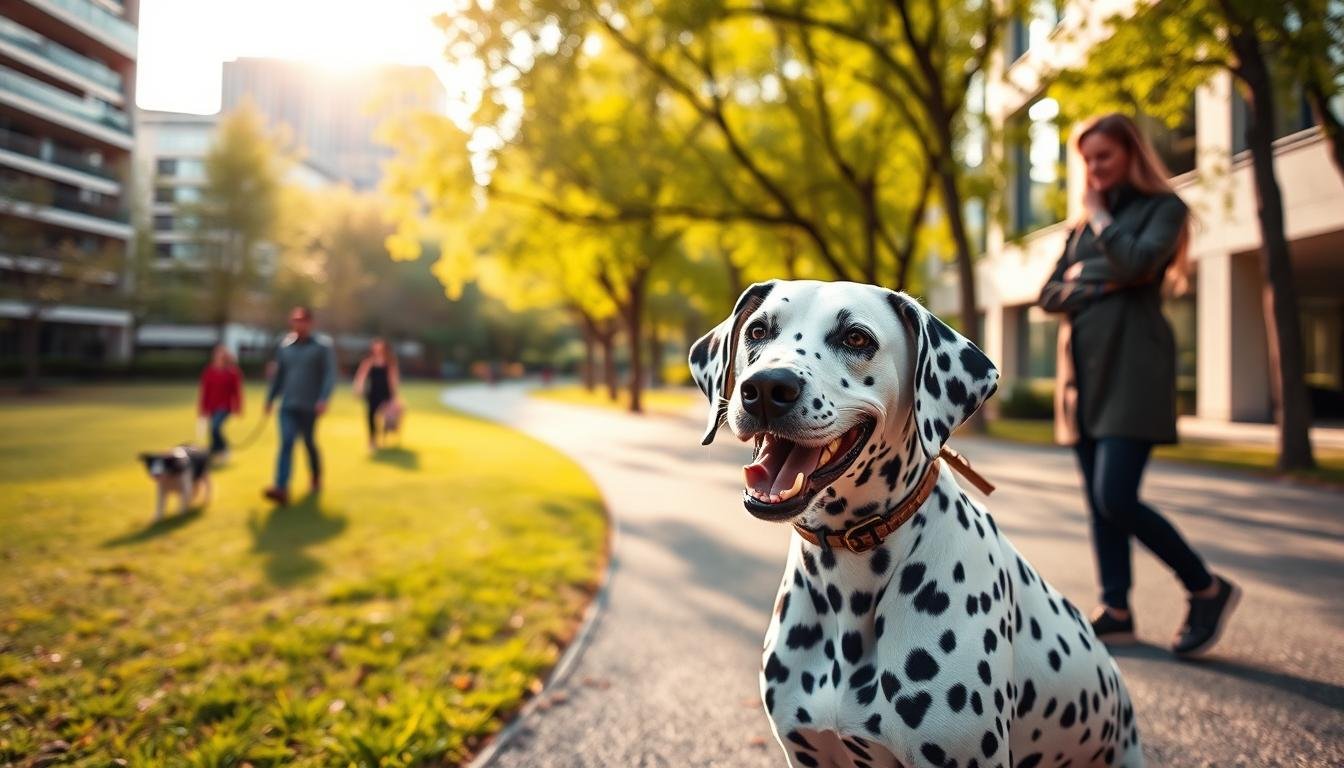
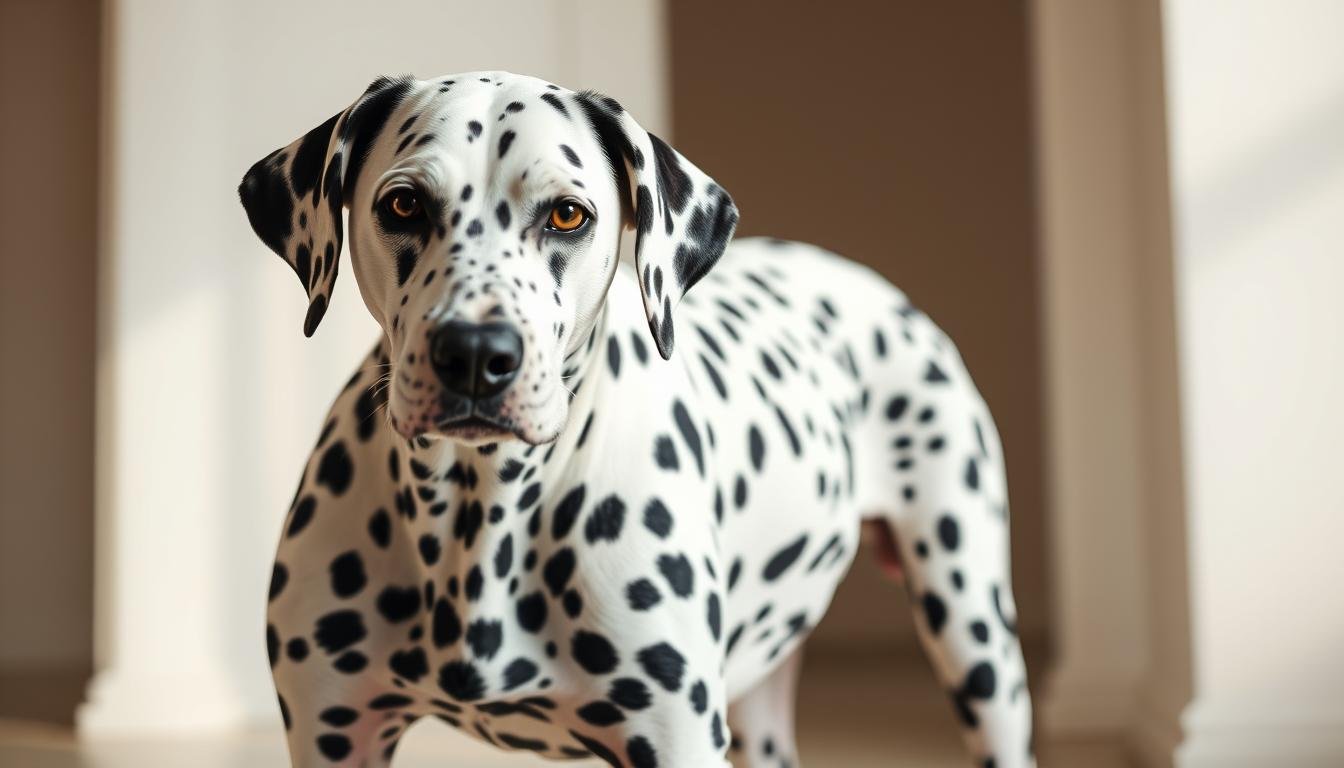
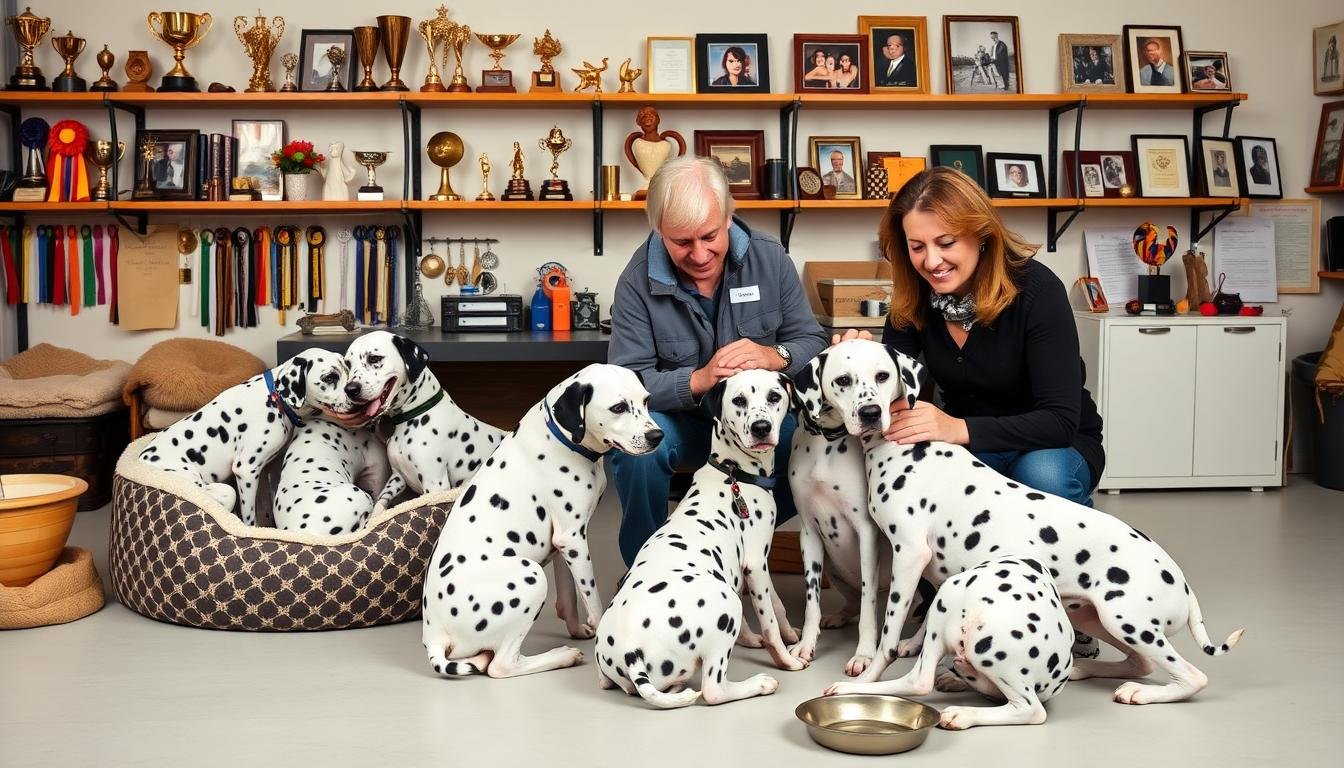
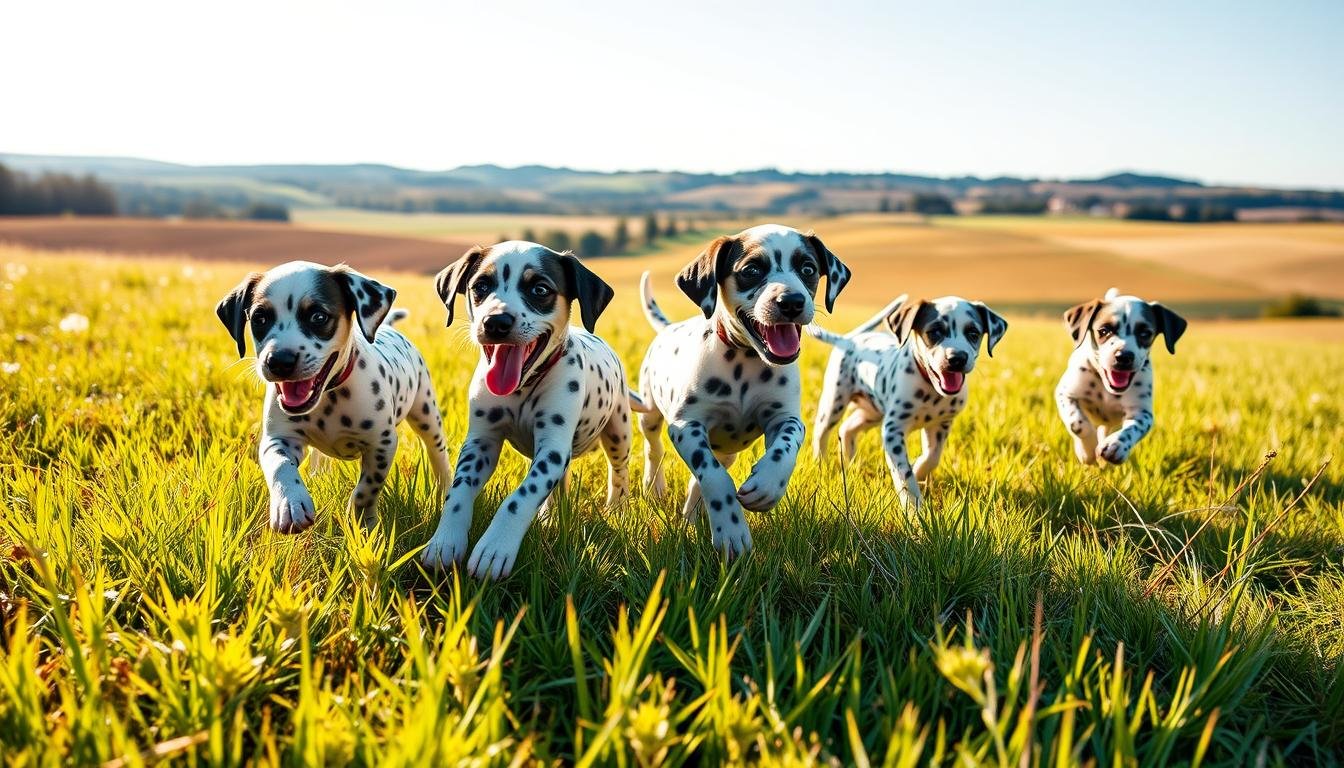
Leave a Reply